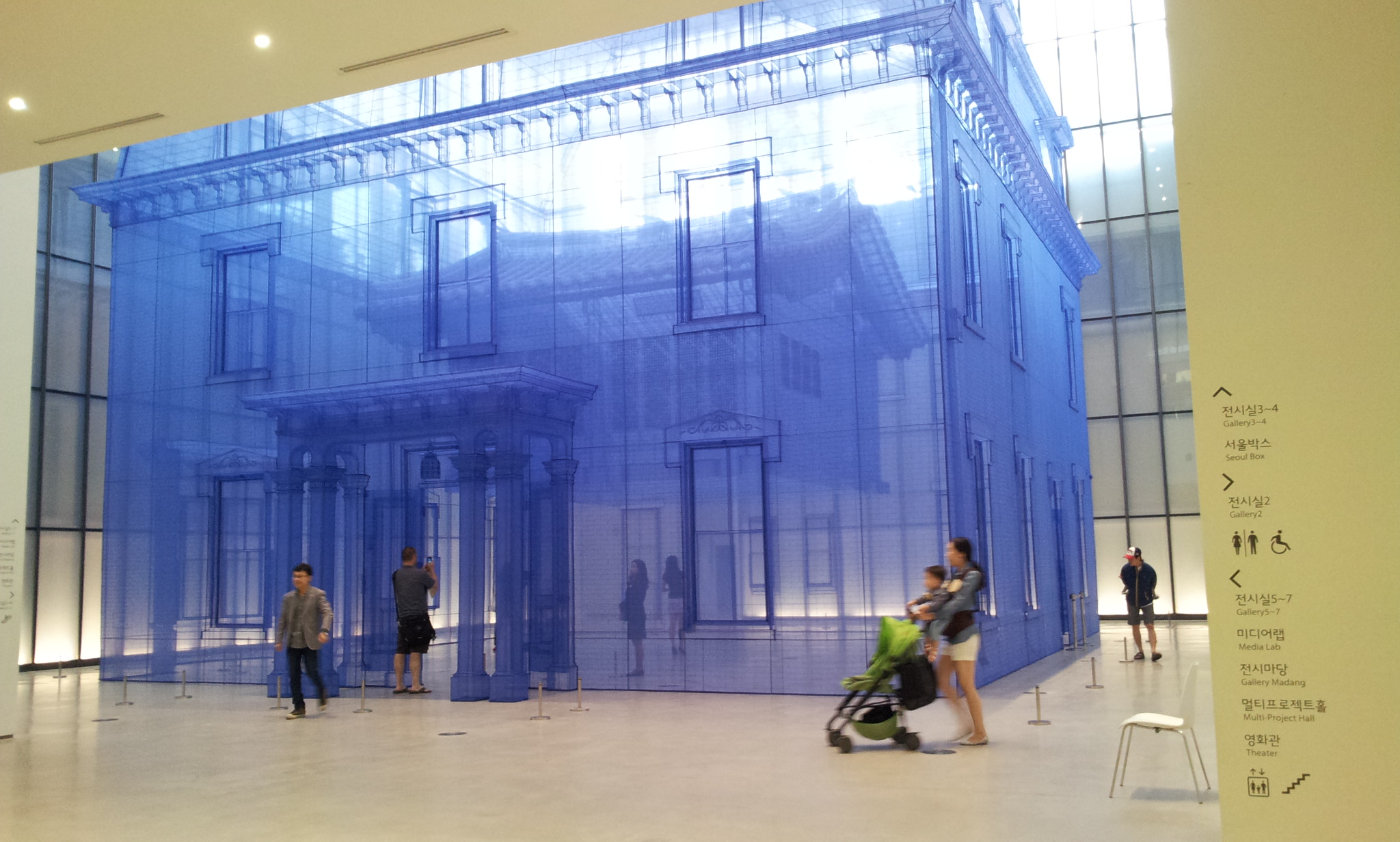There are different forms of arts like painting, sculpture, architecture, and photography. However, survey could be a form of arts. I learned this from the exhibition of Korea Artist Prize 2019 at the MMCA (National Museum of Modern Contemporary Art, Korea).
Korea Artist Prize is a prestigious art award and exhibition of Korea. This award follows the path of MMCA’s Artist of the year exhibitions, which was held from 1995 to 2010 and hence it has been reestablished to discover and sponsor artists who have ardently persisted in paving their own way to artistic success, thus providing an avenue for the advancement of Korean contemporary art.
One of the four selected artists in 2019 is Hyesoo Park. Her artwork is to visualize our unconscious perception. She often observes surroundings, gathers data by doing meticulous research, and collaborates with experts in related fields. In other words, she conducts social science research as an artist.
Park’s new work made for this exhibition starts from the question, “who is your ‘we’?” This question invites one to examine individuals’ questions and categorizations of ‘we,’ namely, their understandings of groups. Prior to the production of the work, the artist conducted a survey on one’s perceptions of ‘we’ among a representative sample, and the output of the survey is analyzed by an expert and interpreted by the artist to be reflected in this work.

One piece of artworks surprised me. This artwork is a survey report. She hung survey responses and framed statistical findings.
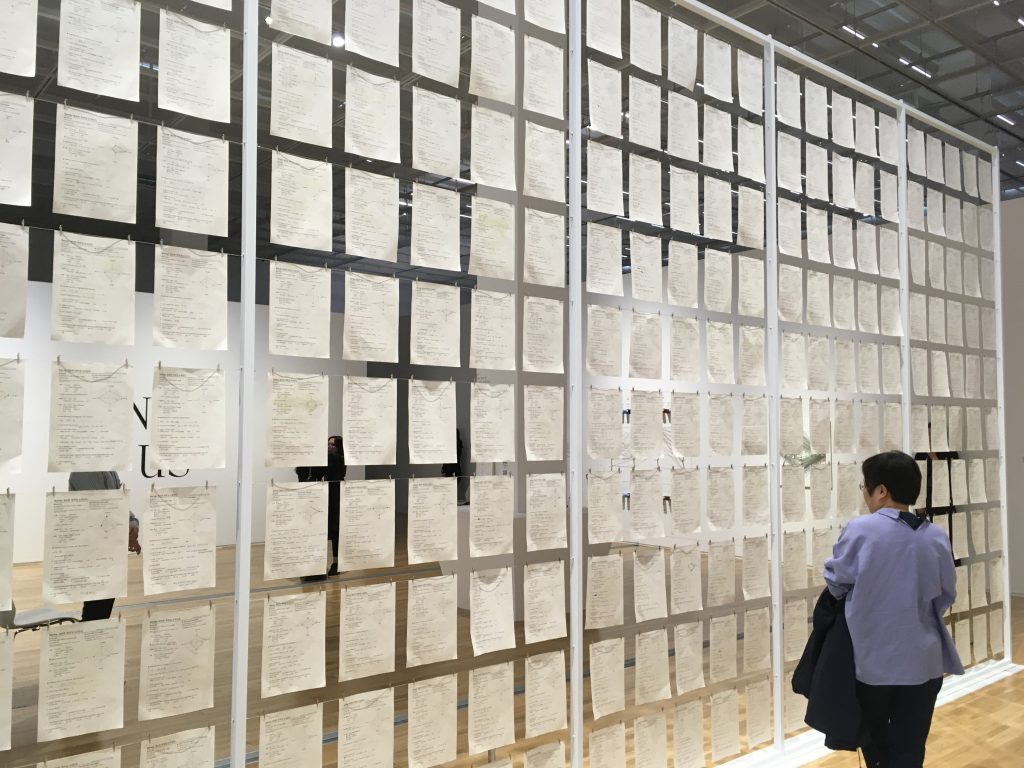
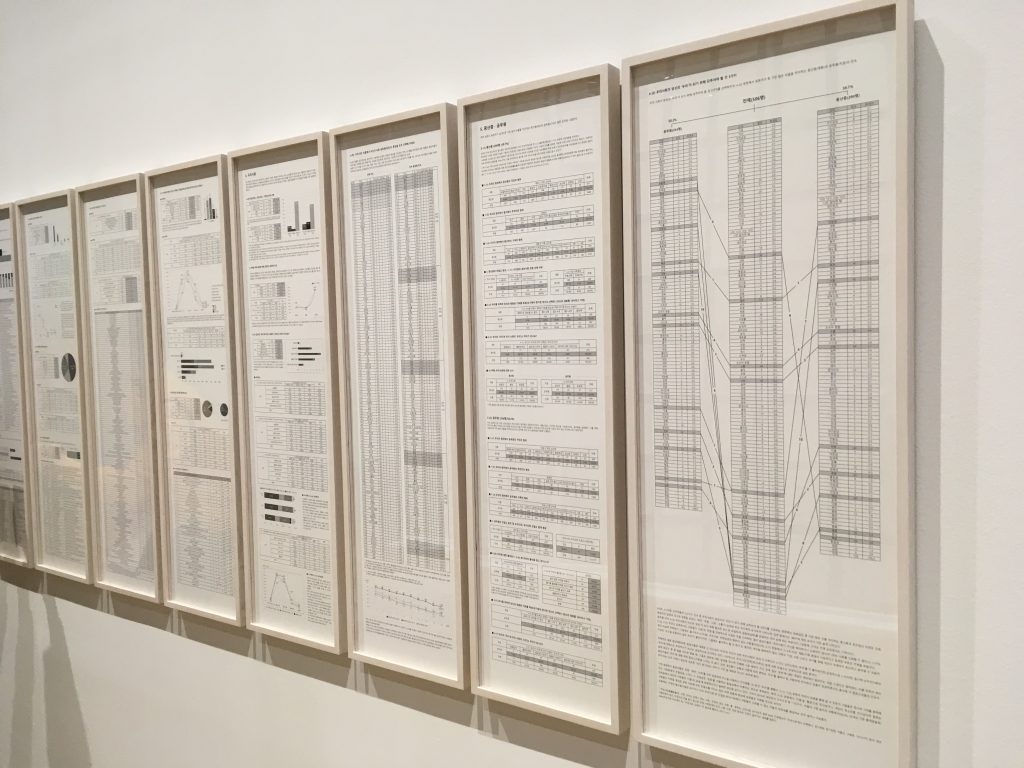
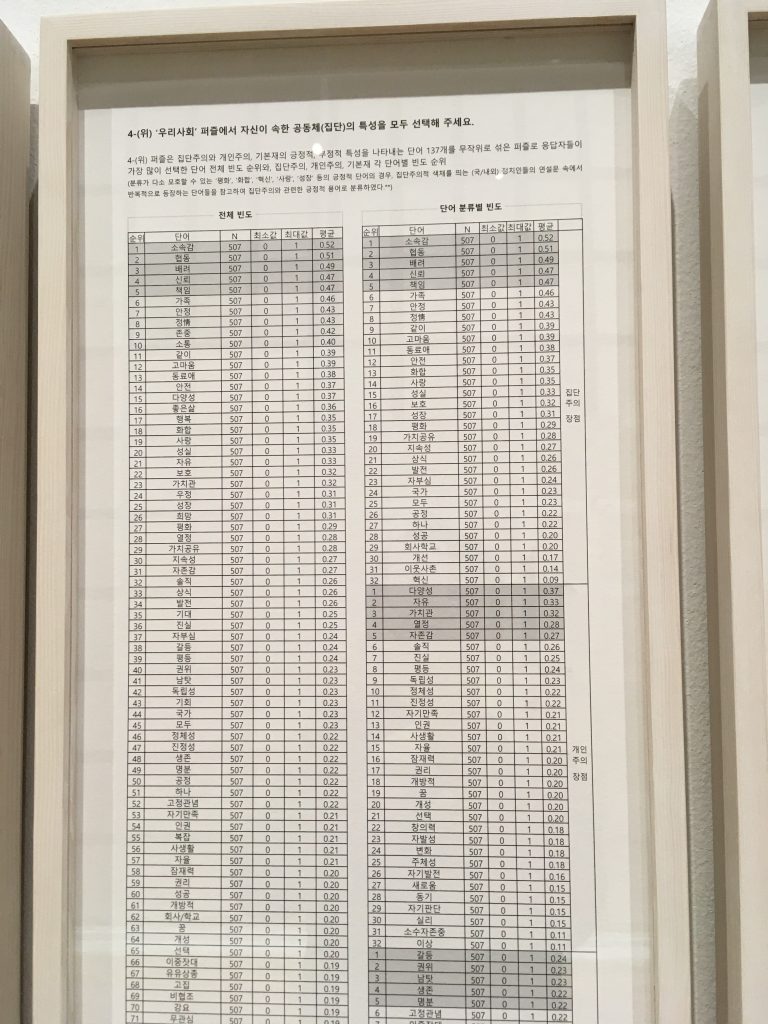
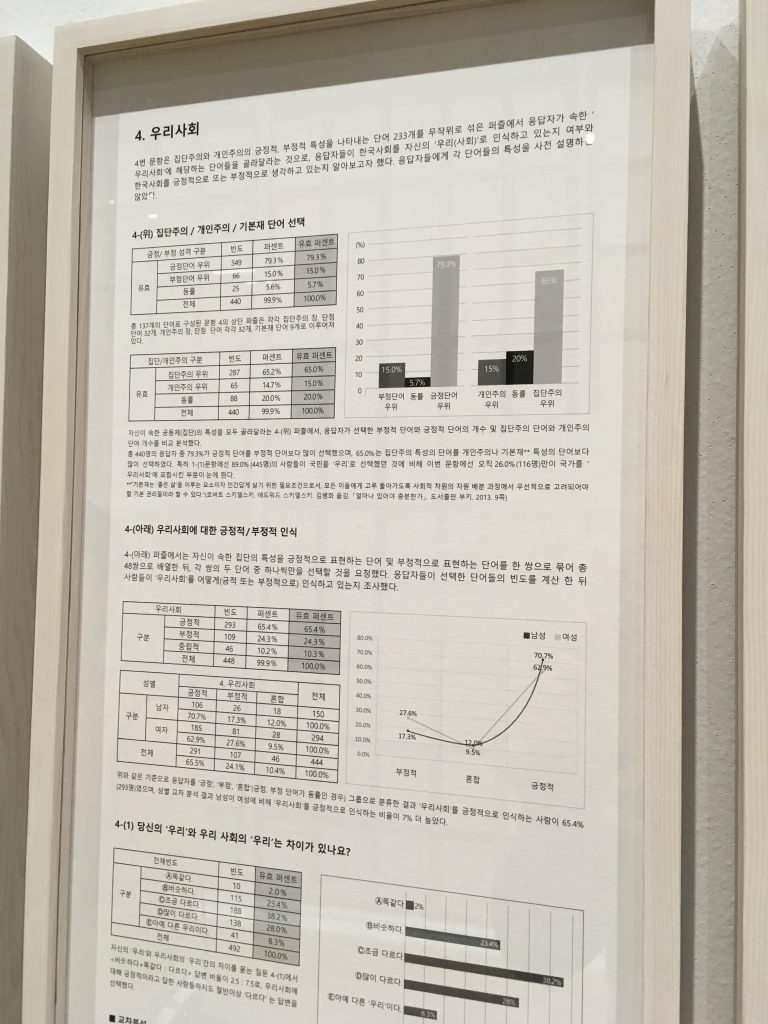
According to academic research, we are more likely to include unconventional artworks into the category of arts when we think abstractly. This suggests when we think concretely, we are less likely to consider survey a form of arts.
The authors suggest that, just like other attitudes, attitudes toward art may be malleable, and may thus also depend on situational factors. In particular, the authors propose that thinking styles vary within the situation and that an abstract versus concrete thinking style has an influence on attitudes toward conventional (e.g., Mona Lisa by da Vinci) versus unconventional (e.g., Fat Corner by Beuys) artworks. Construal Level Theory predicts that when people think about the distant future they automatically start thinking in a more abstract way, relative to when people think about the near future, which is supposed to elicit a concrete thinking style. In an experiment, the authors asked participants to think about their lives a year from now or tomorrow. Afterward, in an allegedly unrelated task, participants were asked to evaluate conventional and unconventional artworks. Results showed that participants that had thought about distant events and presumably thought more abstractly were more likely to include unconventional artworks into the category of arts than participants that had thought about near events, and thus presumably thought in more concrete terms. Implications for applied settings are discussed.

